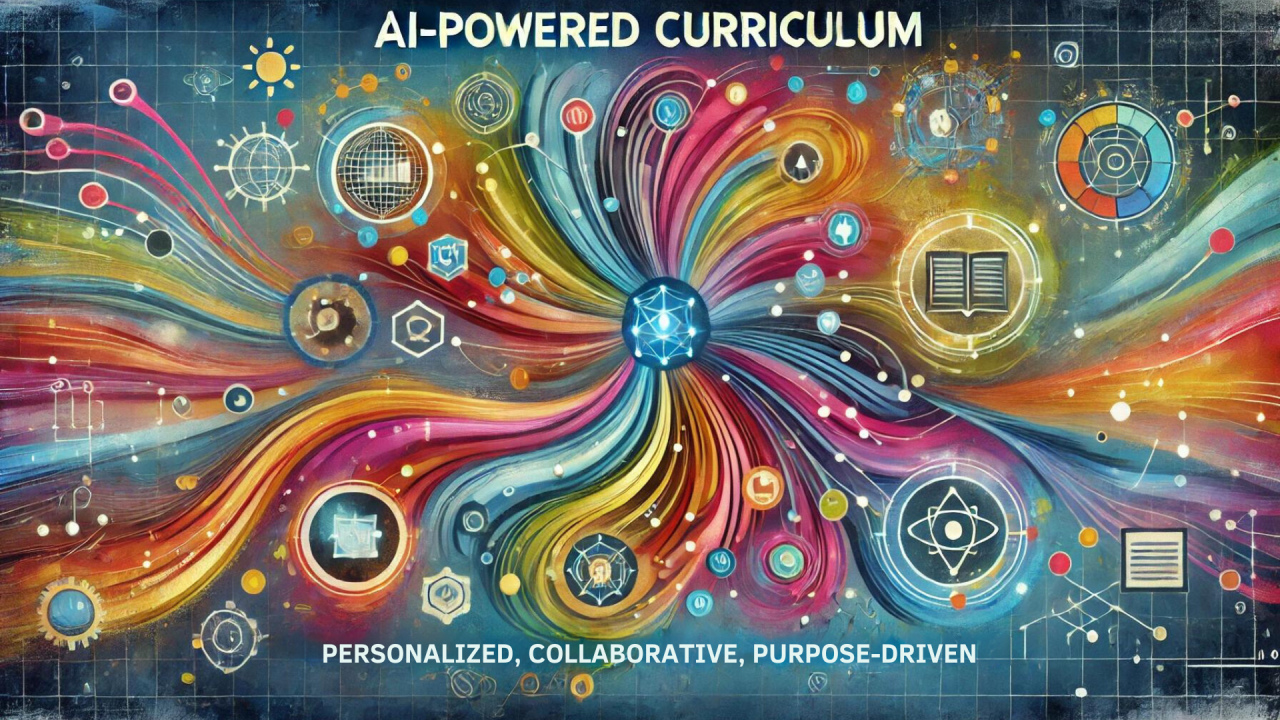
Creating an AI-Powered Curriculum That Actually Works
Sara Baker, Ed.D.
Create & Launch Your Online Course ?? Founder at VBI Education ?? EdTech, AI and eLearning Consultant
We’ve been talking about updating the curriculum for years, and guess what? We’re still stuck with the same outdated models that don’t prepare kids for the real world. It’s no wonder teachers and students are leaving. But AI offers us a shot at building something better—a curriculum that actually meets the needs of today’s students.
The ideal AI-powered curriculum wouldn’t be some cold, robotic system.
It’s a mix—a balance between what’s always worked and what we need to adopt now. Yes, we still need real academic growth and social-emotional development, but it’s time we acknowledge that technology can enhance both.
At the heart of this is personalized learning. AI gives us the ability to stop treating every kid the same. Think about it: a curriculum that adjusts in real-time, giving students learning experiences tailored to their interests and abilities. Imagine virtual labs where students can explore science concepts hands-on, or interactive math challenges that adapt based on where they’re struggling or excelling.
We can make learning engaging again by letting students follow their passions while reinforcing the key skills they need.
But this isn’t about turning every student into a lone coder sitting in front of a screen. Collaboration still matters. Group work and social interaction are critical—AI can help with that too. Virtual collaboration platforms could enable students to work together on projects, whether they’re in the same room or across the world. The curriculum needs to teach students how to work together, think critically, and solve real-world problems, not just ace tests.
And here's the thing—AI should make the curriculum purpose-driven. This means applying what they learn to real-world issues. Students need to see the point of what they’re learning. They need to understand how to use it to solve actual problems, in their communities and beyond. That’s how we keep them engaged and make learning matter again.
And no, teachers don’t get pushed aside in this model.
领英推荐
AI doesn’t replace teachers; it frees them up to do what they’re best at—mentoring, guiding, and teaching students how to navigate both their academic and personal growth.
Teachers would oversee the learning process, providing the human connection that technology can never replace. They become mentors, ensuring students aren’t just gaining knowledge, but also learning the life skills they need once they leave the classroom.
This isn’t just another idea for fixing education—it’s about finally building a curriculum that works. One that blends personalized learning, real-world problem solving, and collaboration, all while keeping teachers right where they need to be—at the center, guiding students through it all.
This is more than just a vision—it’s an opportunity to reshape education into something that works for every student.
So, what’s stopping us?
How can we start implementing AI to create a curriculum that’s relevant, engaging, and future-ready?
Who is already working on this?
Share your thoughts, your frustrations, and your ideas. Let’s start building this together.